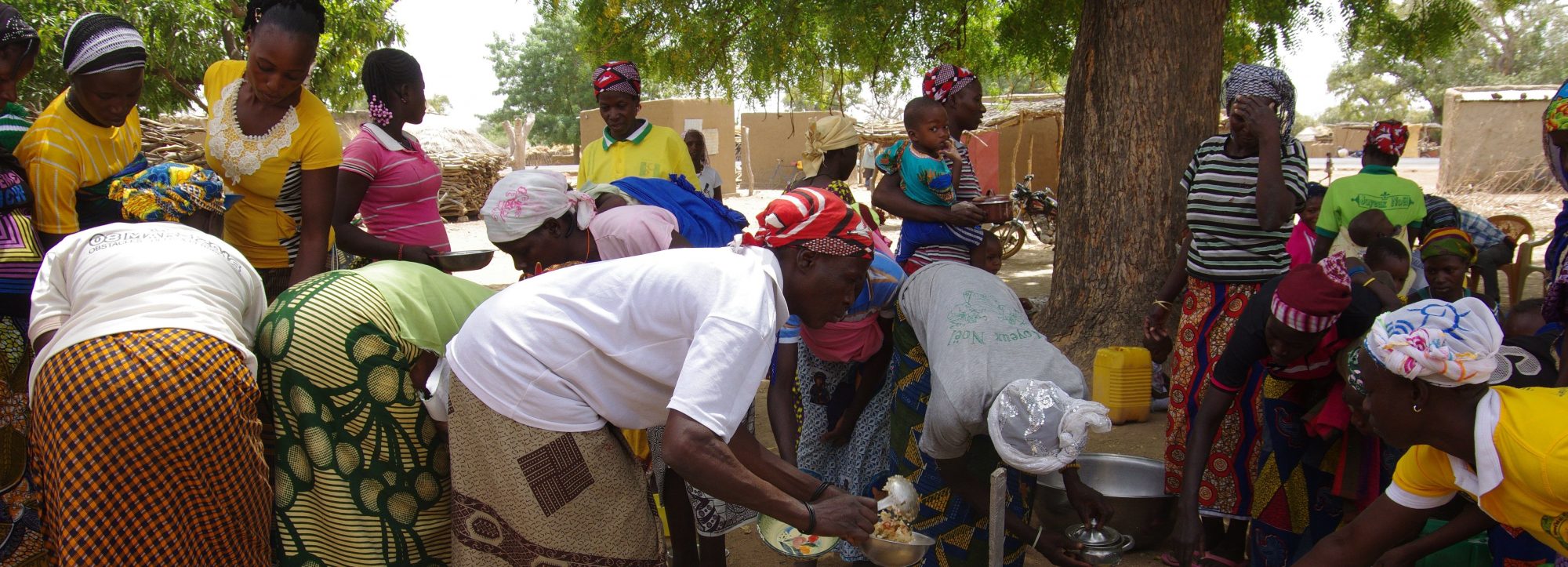Since 2000, World Neighbours Canada has been using WNC and matching CIDA funds to put in sealed, hygienic toilets in many villages of Nepal. What at first was a hard sell to villagers who have practiced ‘open defecation’ all their lives, has now become a highly requested item. Our partner, Tamakoshi Sewa Samiti (TSS), has been fielding increasing numbers of requests from villages who already have a water system in place, to help with the installation of the new toilet. Outhouses and pit toilets have been tried in the past, but there has always been problems with smell and with the attraction of unwanted pests, vermin and insects. The design of the sealed, hygienic toilet overcomes these issues.
The process goes something like this. Upon getting a request from a village, TSS sends out a crew to educate the villagers on basic issues of hygiene and disease, and demonstrates how the new toilet can help. TSS tells the people that they, via WNC funds, will supply the ‘hardware’ for the sealed toilet at no cost, but that the villagers must dig and prepare the pit (much like a septic tank) and the toilet house themselves. Because the finished toilet will be odour free, it can be built very close to the villager’s own house.
The homeowner will dig a pit about 6 feet square and about 8 feet deep, and then will line the pit with rocks. The rocks will be capped with a lid of cement, and the whole pit and cap will be covered with dirt. Going in to, and through, the rock wall of the pit, will be inserted a 4 inch black, polystyrene pipe. The pipe is connected to a toilet pan – a ceramic, white, 16” square, flat pad with two foot pads and one hole. The hole leads to a standard ‘P Trap’ that you see in our western toilets. The P Trap is key to the success of the whole toilet, as it will hold water and the water will prevent odours from the pit from coming back into the atmosphere. The toilet pan is connected to the black pipe, placed flat on a rock or dirt floor, and a small house, looking very much like an ‘outhouse’ is constructed around it. The toilet house is made from stone or homemade brick, is about 5’x5’ square, is high enough for an adult to comfortably stand, has room for a large bucket of water for washing and flushing, and has a (usually) tin roof to keep out the rain.
Villagers can usually prepare the pit and the toilet house in 1-2 weeks. The cost to the villager is the cost of roofing material, and of the rocks and bricks. Most of this is locally available for little or no cost. The cost to WNC is less than $20 CDN, including freight. The benefit to the villagers is an 80% reduction in gastrointestinal diseases when they get both the water system and the toilet. Add to this the convenience of the close at hand, and private, toilet house and it is little wonder why the sealed, hygienic toilet has become such a highly requested item.

